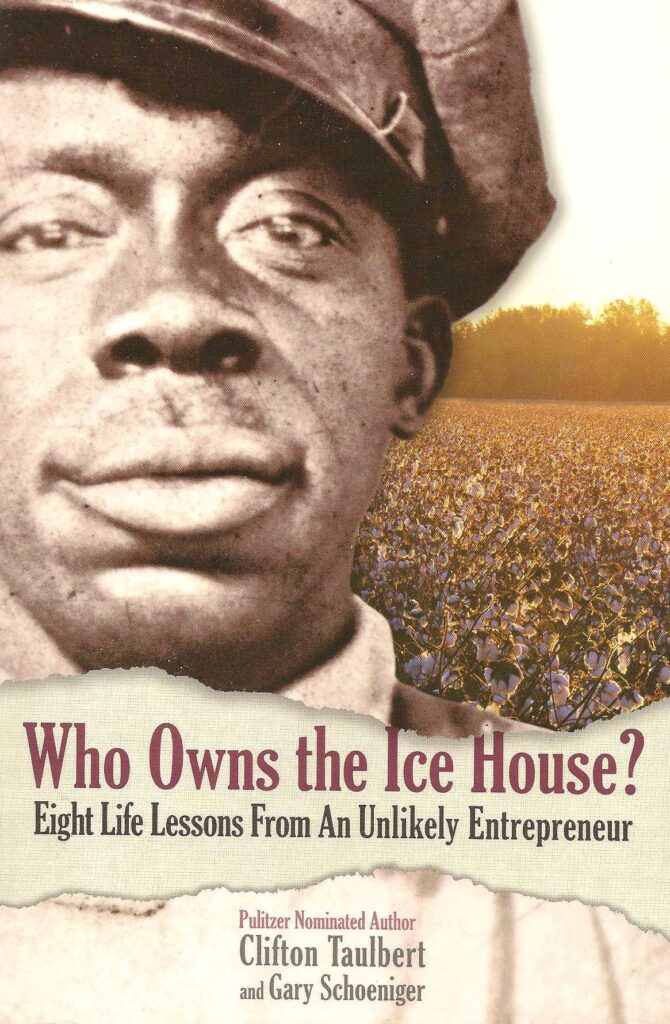The Civil Rights Act of 1964 was a landmark attempt to bring equality to Black Americans. It prohibited discrimination in voting, education, and access to public facilities. While the law’s implementation came with resistance and challenges, one of the most significant outcomes was the integration of schools. This changed not just access but mindsets. As students from different races were placed in classrooms together, they began to see one another as people, not stereotypes. Slowly, attitudes evolved.
But despite progress, it’s still human nature to seek out “like-minded people.” We feel most comfortable around those who look like us, think like us, or validate our beliefs. Whether intentionally or not, we often build invisible fences—social and professional ones—that keep “non-like-minded” individuals outside of our networks.
Related Post: Are Your Friends Preventing Your Success?
These fences can be especially dangerous for entrepreneurs.
When we only interact with people in our own social, cultural, or industry bubble, we cut ourselves off from fresh perspectives. Our worldview narrows. We risk falling into groupthink—a state where consensus becomes more important than curiosity, and innovation is sacrificed at the altar of comfort.
As entrepreneurs, that’s deadly.
During my time as the Entrepreneurship Director at Pikes Peak State College, I had the opportunity to teach a course that introduced students to the book Who Owns the Ice House? Eight Life Lessons from an Unlikely Entrepreneur by Clifton Taulbert and Gary Schoeniger. The book tells the story of Uncle Cleve, a Black man living in the Mississippi Delta in the 1950s. At a time when most Black men were expected to labor in the cotton fields, Uncle Cleve took a different path. He saw a need and chose to meet it by becoming an ice distributor—an entrepreneur in a segregated, hostile environment.
Related Post: What “Who Owns the Ice House?” Teaches Us About Real-World Entrepreneurship
What makes Uncle Cleve’s story so compelling isn’t just that he overcame adversity—it’s that he actively sought out new environments and perspectives beyond what was familiar. He didn’t limit himself to the narrow expectations of his community or the constrained roles society prescribed. He made a conscious choice to break free from the groupthink that often keeps people stuck in place. Cleve understood that staying within the boundaries of your immediate circle limits not only your mindset but also your ability to see what’s possible.
That’s why his entrepreneurial path didn’t end with the ice house. In another powerful example of the rewards that come from broadening your exposure, he later opened a garage. This idea wasn’t born in a vacuum—it came from venturing beyond the norms of his community. In the segregated South, car ownership was uncommon among Black residents. But through connections outside his immediate social group, Cleve saw how rising car ownership among others was creating a new problem: the need for reliable auto repair. That insight was only possible because he stepped outside his bubble and paid attention to people who lived differently.
Cleve didn’t have formal training as a mechanic. What he had was curiosity, drive, and the willingness to learn. He built a garage business not because it was handed to him, but because he saw a need that others missed—and he believed in his ability to figure it out.
This story reinforces one of the most powerful lessons from Who Owns the Ice House?: “Ideas are opportunities.” But those ideas don’t usually appear in echo chambers. You have to get outside your routine, meet different people, and explore unfamiliar territory to discover them.
If there’s one key takeaway to share with aspiring entrepreneurs, it’s this:
“Cleve didn’t wait for permission or perfect conditions. He left his comfort zone, observed problems others overlooked, and built solutions others didn’t imagine. That’s what everyday entrepreneurship looks like.”
Great entrepreneurs don’t just think differently—they live differently. They deliberately seek out people who challenge their views. They cross invisible lines. They network outside their niche. They travel outside their mental neighborhoods. Because they know the biggest breakthroughs often come from unexpected places.
Think about it: Some of the most transformative business models—from Amazon Web Services to Airbnb—came from people who connected dots across different worlds. That kind of creative synthesis doesn’t happen in isolation.
It’s no different for you. When you make the effort to engage with those beyond your normal circle, you uncover blind spots, test assumptions, and expand your sense of what’s possible.
The Civil Rights Act helped break down structural barriers in society. As entrepreneurs, we must also challenge the self-imposed barriers we create by surrounding ourselves only with people who look, think, and live like us.
So ask yourself: Who are you talking to? And who are you not talking to?
Because the next great opportunity might be waiting just outside your comfort zone.
Are you staying safe in your comfort zone, or are you seeking out the discomfort that leads to growth?












